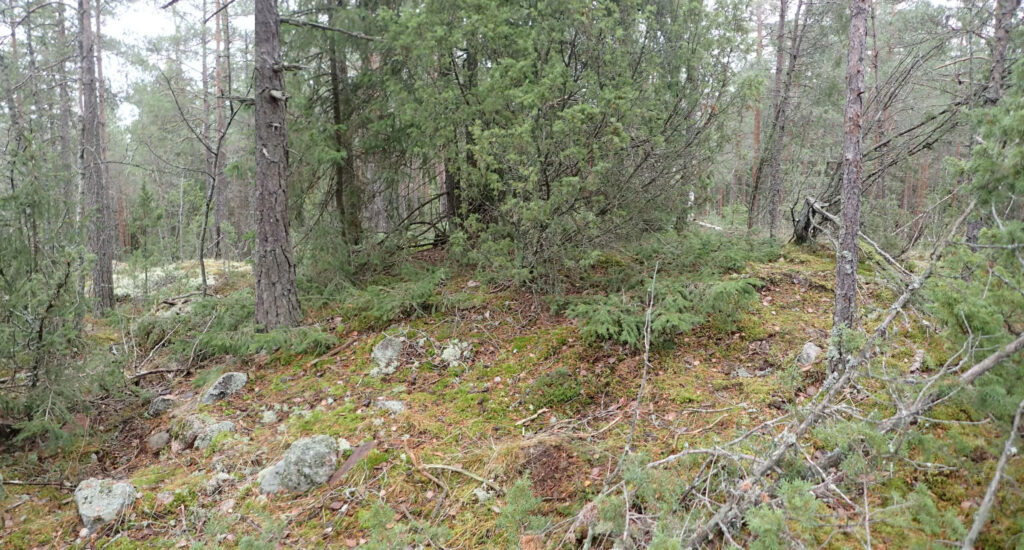3,500-Year-Old Cairn Discovered in Finland
Further excavations may reveal if the stones of the previously unrecorded cairn were raised to honour the ᴅᴇᴀᴅ or to display dominance over the area.

An archaeological survey has identified a previously unrecorded Bronze Age monument in the Haaga district of the city of Turku on Finland’s southwest coast. The site could possibly date back as much as 3,500 years.
The cairn — a pile of granite stones typical of Bronze Age burials — is located at the highest point of a rocky hill area overlooking the Aura river.
Stone burial cairns were typical for western Bronze Age culture which in Finland is dated to around 1,500–500 BCE.
These cairns were usually constructed of granite boulders quarried from the cliff face below the crest of a ridge or collected from the site itself.
Thousands of these monuments from the Bronze Age and early Iron Age have been recorded in Finland, mostly in coastal areas. Only a fraction of these cairns have been excavated.
This latest find in Turku, made in late November, measures 10 metres long and seven meters wide, but only about 40 centimetres high.
Researchers say that the cairn was probably higher and more compact when constructed, but its stones have become scattered over time.
Bronze Age cairns are considered primarily as graves, but not all contain evidence of burials. Based on their locations on visible promontories, some are thought to have been built to display territorial dominance or control over certain areas.
More precise dating of the find will require excavation, but according to Turku University archaeology instructor Juha Ruohonen, the remains already help complete the picture of Bronze Age settlement in what is now the city of Turku.
Following up on tips from local residents, the same survey team that discovered the Bronze Age cairn also identified two nearby cupstones, stones incised with small cup-like markings, that are believed to have been ritual sites during the Iron Age.





